Last updated on April 3, 2024
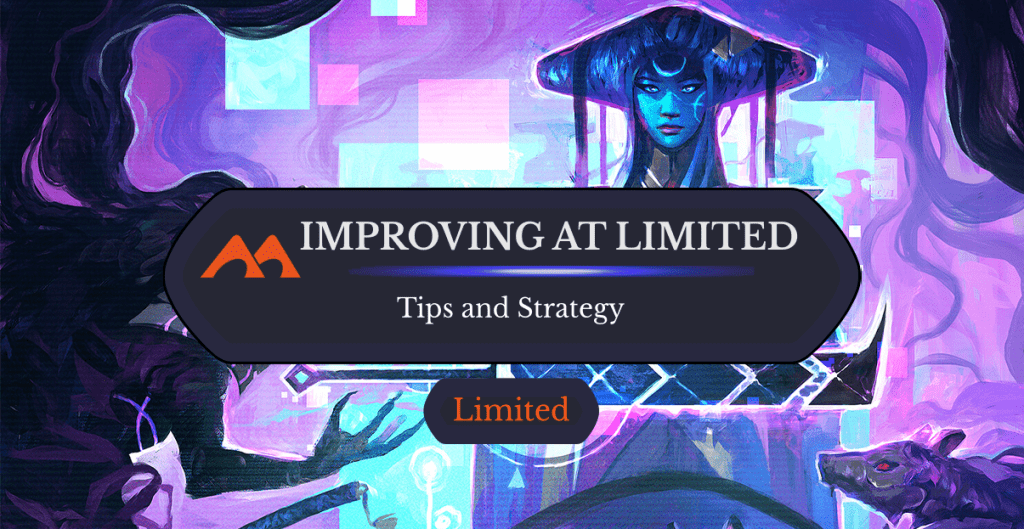
Better Offer | Illustration by Dominik Mayer
Getting a full grasp on a format in MTG is always a challenging task, especially when you have no prior experience. I remember when I dove into Commander with a Standard mentality. I thought that racing was the way to go and focusing on a single player was the right thing to do. But I was very wrong, and I learned how to approach multiplayer games after a couple beatdowns.
But what happens when you face other formats that require you to do your homework. What about those more punishing formats, like, let's say, Limited?
Luckily for you, I have your bases covered today. I’ll be digging into how to improve at Limited and how to best spend your time and energy. Interested? Let's go!
My Credentials

Baral's Expertise | Illustration by Todd Lockwood
Before I start lecturing you with all my tips and tricks, let me share some of my most recent accomplishments:
- Top 8 in a 360+ MTGO Limited Qualifier on March 26, 2022
- Top 2 in a 500+ MTGO Limited Qualifier on March 31, 2022 (qualified for SNC PT)
- 70+ Neon Dynasty Limited Trophies between BO1/BO3
- Qualified for NEO PT through the first limited MIQ on December 19, 2021
- 50+ VOW Limited Trophies between BO1/BO3
- 50+ MID Limited Trophies between BO1/BO3
- 100+ AFR Limited Trophies between BO1/BO3
While the above looks good, it hasn’t always been like that. My win rate was probably below 50% when I started playing Limited during Zendikar Rising. It then spiked to over 65% during Kaldheim. What changed?
I got better, duh!
What really happened was that I practiced daily and applied some strategies to boost my win rate. Those strategies are what I’ll be sharing with you here today.
Limited vs. Constructed
As someone who spent most of his life playing in local game stores and MTGO Constructed events, I was used to relying more on card quality than strategy. And that’s why my accomplishments came from running straightforward aggressive decks.
Constructed games often consist of how often you can execute your plan more efficiently than your opponents, while in Limited it depends on other factors, like synergy and tempo. Variance is also more present in Limited games, and removal is more valuable. Limited decks tend to be less consistent and sometimes a single card can swing an entire game.
But the most significant difference between Constructed and Limited is that the Draft portion and deckbuilding process account for about 70% of the skill required to thrive. You need to understand how each set works to get optimal results.
Deckbuilding Essentials
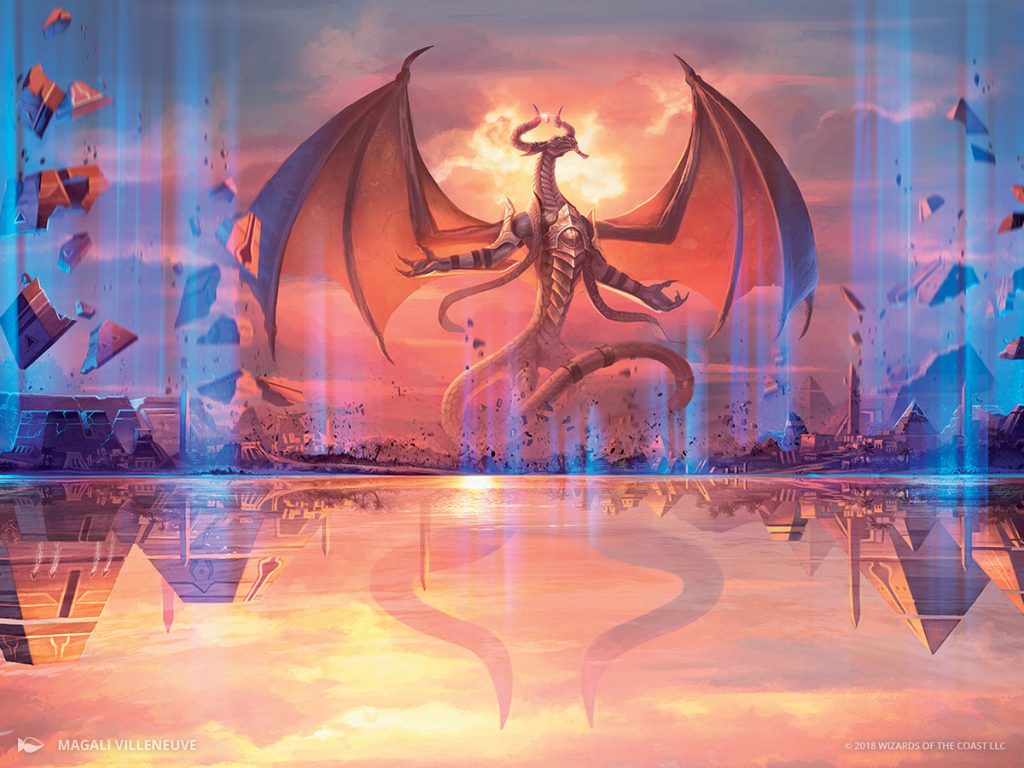
Patient Rebuilding | Illustration by Magali Villeneuve
There's a theory part you need to know if you plan to get better at Limited. 40 cards are the minimum, and it’s recommended not to go over that number. That said, the general rule as far as what your deck should look like at is as follows:
- 17 lands
- 23 nonlands (15 creatures + 8 spells)
Going a bit deeper into how your curve should look, this are what your distributions should resemble:
- 1-drops: 0 to 2
- 2-drops: 6 to 7
- 3-drops: 5 to 6
- 4-drops: 3 to 4
- 5-drops: 2 to 3
- 6-drops: 1 to 2
That said, this is just a basic theory and should be adjusted according to what your curve looks like. For example, a good takeaway is to cut a land or two if you ended up with a very low curve. On the other hand, you may want to add an extra land if you ended up with a heavier curve.
You’ll be more likely to get away with cutting a land with fewer colors than if you’re running 5-color good stuff. Land tutors and sources of mana ramp can also affect your land count. For example, a deck with several copies of Commune with Spirits can afford to skimp on lands.
Let's go over some examples of decks that emphasize all of this.
Mono Red deck (15 lands)
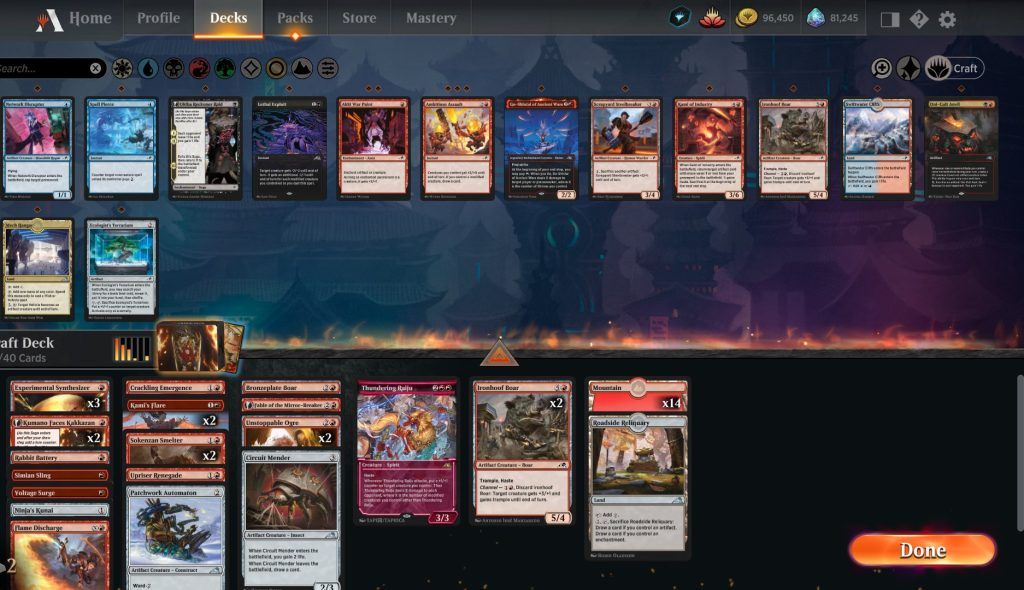
Grixis () Control deck (18 lands)
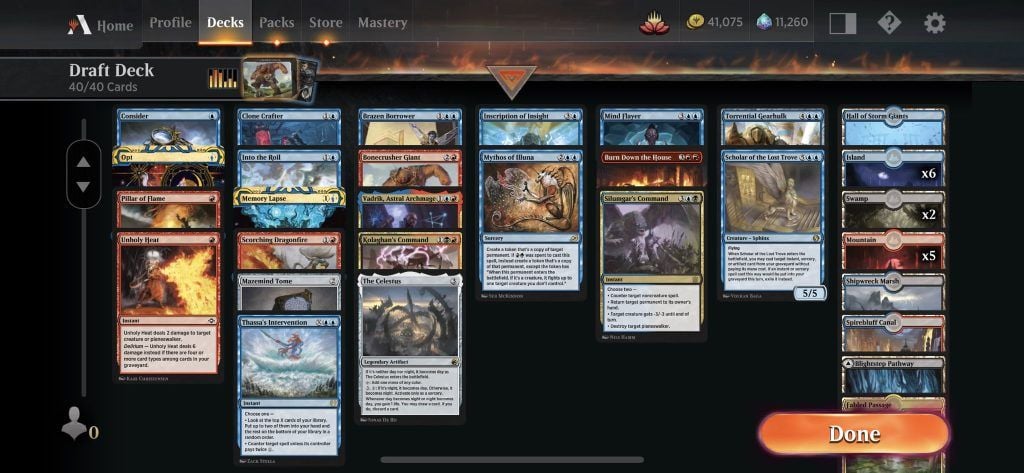
Know the Good Cards
Let's address the elephant in the room: which cards are good in Limited and which ones aren’t. Some cards may shine in Constructed while being terrible in Limited. The opposite can happen as well. Let's take a look at some examples.
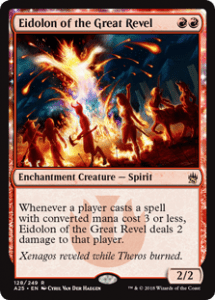
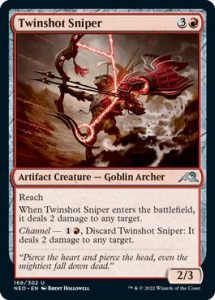
Eidolon of the Great Revel is great in Constructed and terrible in Limited. Contrary to that, Twinshot Sniper is great in Limited but hasn't seen any Constructed play since its introduction.
The Eidolon’s casting cost makes it difficult to land on curve in Limited. It has no impact when it enters the battlefield and usually hurts you more than it helps you. But it's great at punishing slow decks in Constructed and always gets some damage in, even if your opponent removes it.
In Constructed, the Sniper is too expensive to cast and doesn’t deal enough damage to kill anything meaningful. But it’s a great 2-for-1 in Limited since it’ll always have a target to take out. It also provides that extra reach if you’re struggling to push through for lethal.
As you can see, good Constructed cards and good Limited cards don’t always overlap.
Which Cards Are Good in Limited?
With the above comparison in mind, let's look at some examples of cards that are generally good in Limited. Note that these are all low-rarity cards since rares tend to be good no matter what.
The power level of cards can vary from format to format. For example, Neon Dynasty’s high density of artifacts and enchantments makes Fade into Antiquity a great main deck removal spell.
Some cards shine in certain sets while underperforming in others, and recognizing powerful synergies is the key to succeeding in Limited formats. Just because a card was terrible in the previous Limited format doesn’t mean you should ignore it in the current one.
Card Advantage
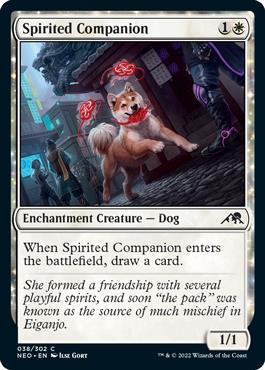
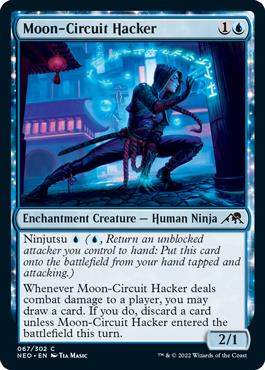
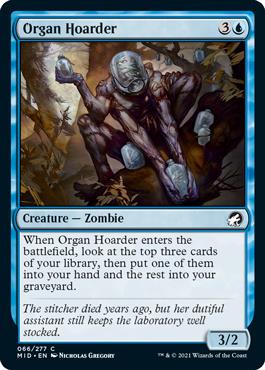
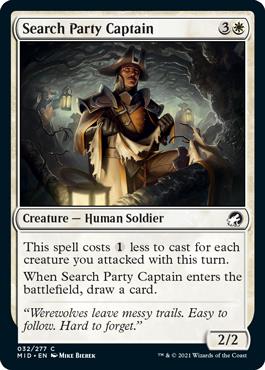
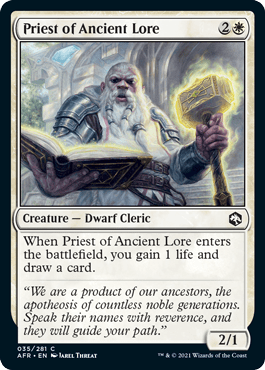
Removal
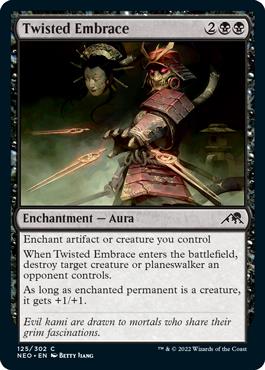


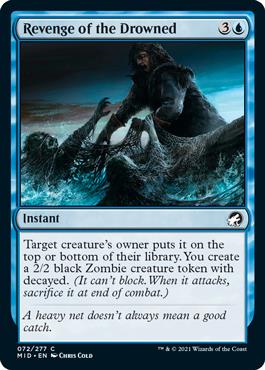

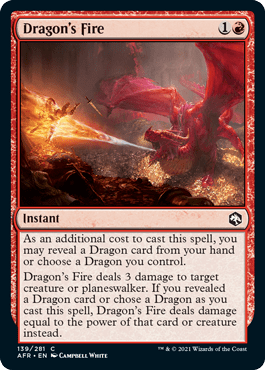
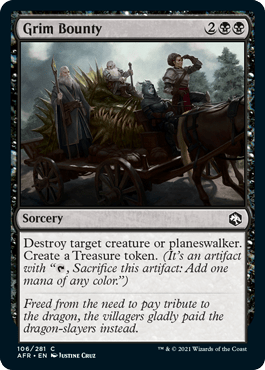
- Twisted Embrace
- Master's Rebuke
- Flame-Blessed Bolt
- Revenge of the Drowned
- Bleed Dry
- Dragon's Fire
- Grim Bounty
Value
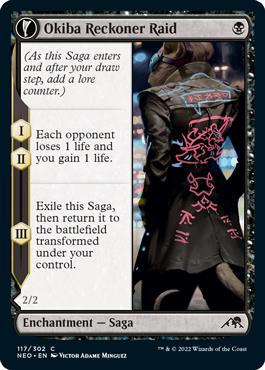
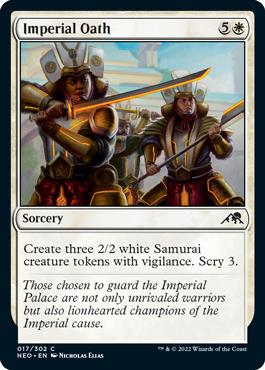
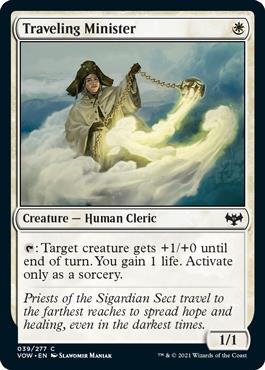
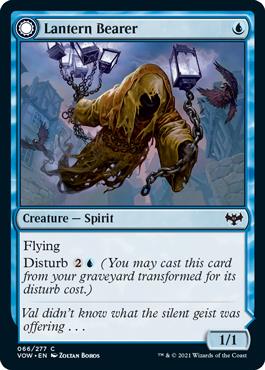

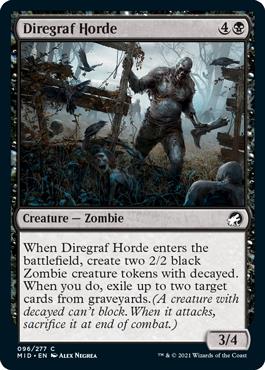
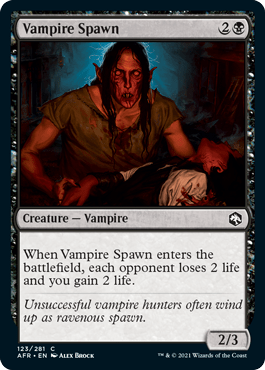

- Okiba Reckoner Raid
- Imperial Oath
- Traveling Minister
- Lantern Bearer
- Lunarch Veteran
- Diregraf Horde
- Vampire Spawn
- Swarming Goblins
What Cards Are Bad in Limited?
Some cards are awful in Limited and are just borderline unplayable.
These are just examples but, you should look at the whole picture before drawing the line on them. Virus Beetle is a perfect example of this. It’s a 1/1 body with a discard effect but its win rate is much higher than typical discard creatures since it pairs up with the ninjutsu mechanic and has a solid type as an artifact.
This is all to say that there are exceptions to the rule. Still, try to avoid these cards when you can.
Discard Effects
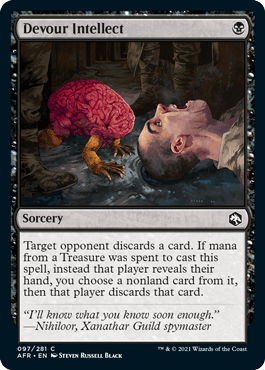
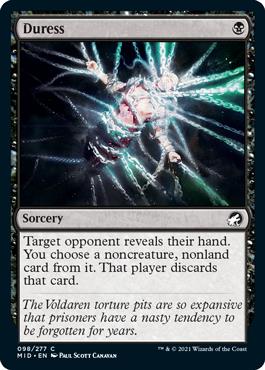
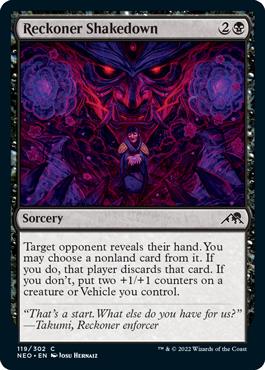
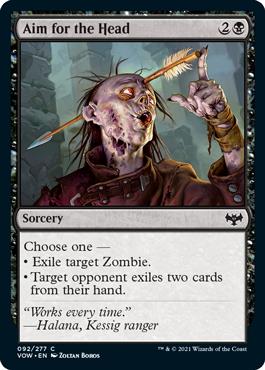
Equipment

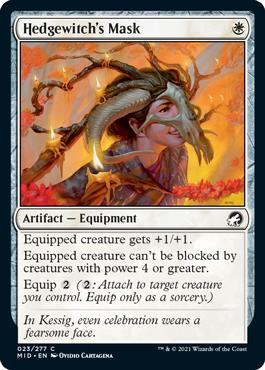


Auras
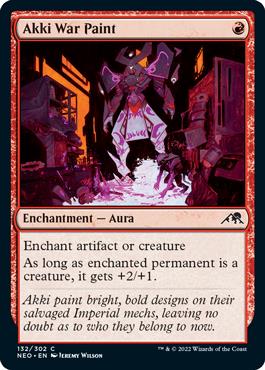

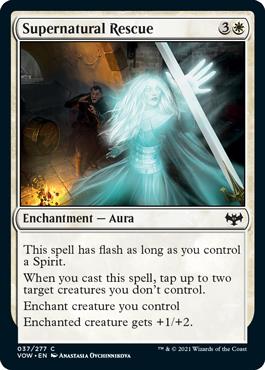

Weak Build-Arounds
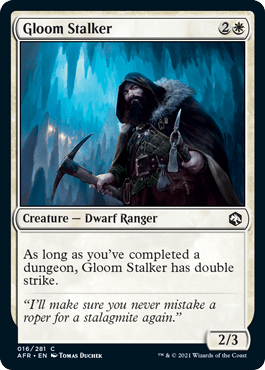
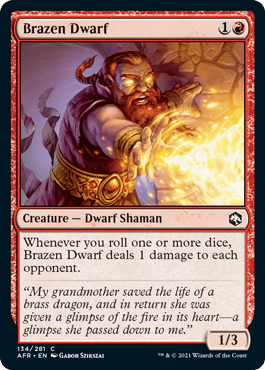

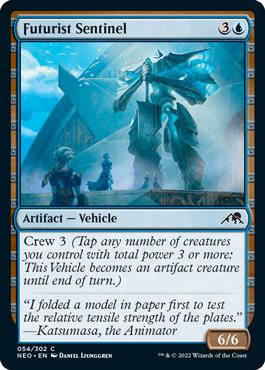
Overcosted Cards
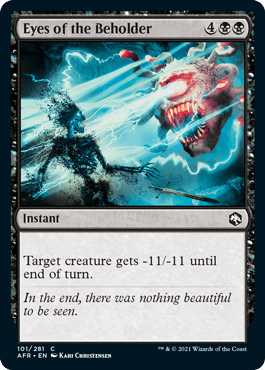

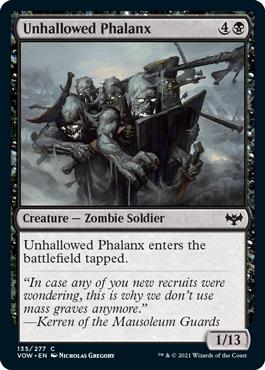
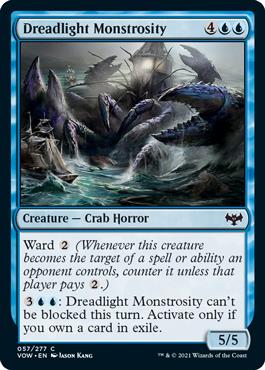
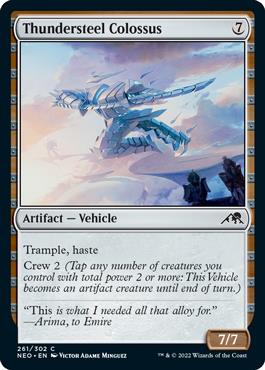

- Eyes of the Beholder
- Tireless Hauler
- Unhallowed Phalanx
- Dreadlight Monstrosity
- Thundersteel Colossus
- Pyre Spawn
Narrow Removal (Sideboard Cards)
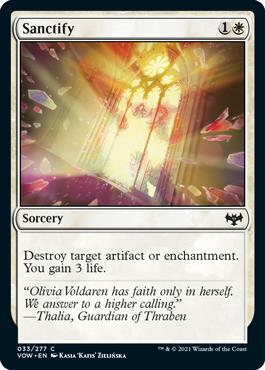
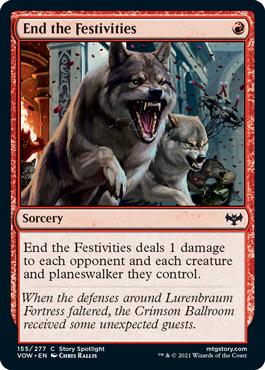
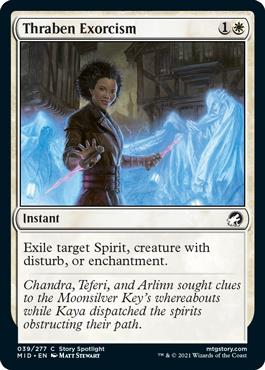
Learn more about sideboarding in limited here and here.
Counterspells
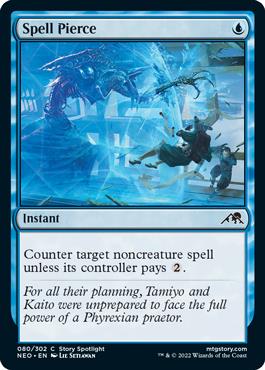
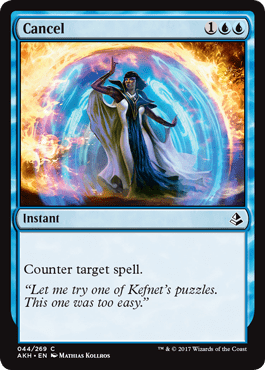
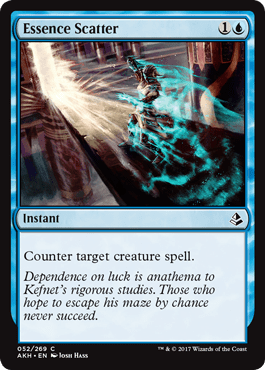
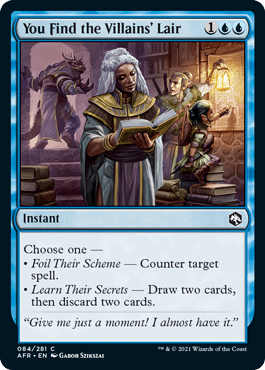
Trap Cards
Trap cards follow some of the same principles as the generally bad cards, except they usually tend to be rare or mythic rares that can mislead players into thinking that they’re good.
The hard ones to identify are the Constructed cards. It comes down to how they’re positioned in the format. Let’s take Kaya, Geist Hunter as an example. The card isn't terrible, but the set doesn't have ways to create any tokens outside of some other narrow rares.
There are also some cards like Sorcerer Class that were printed in the wrong set. It would have been somewhat playable in Strixhaven where there were more instants and sorceries, but it loses its potential in a set like Forgotten Realms.
Low-Impact Multicolored Cards
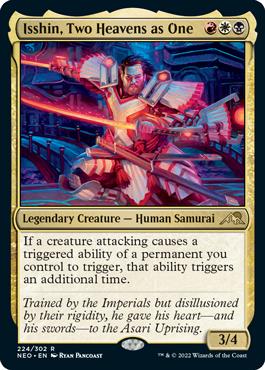
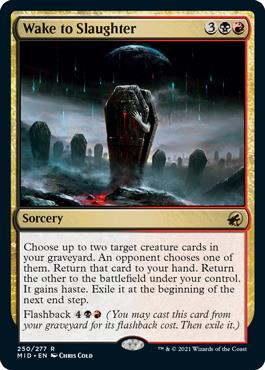
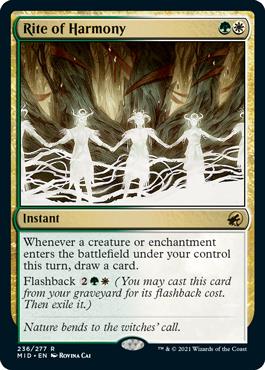
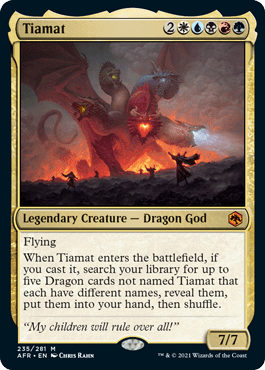
Tutors
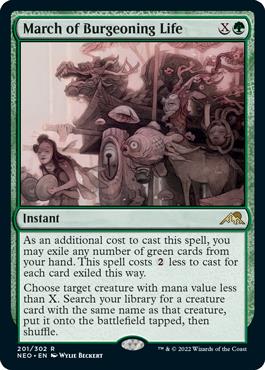
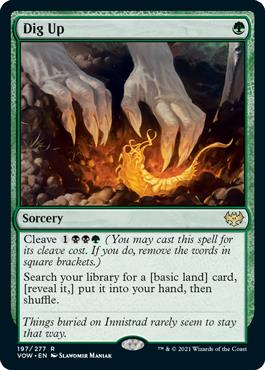
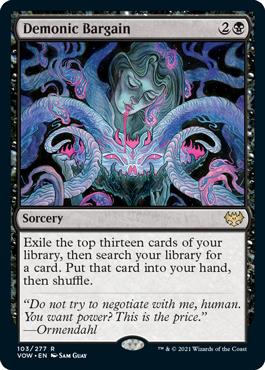
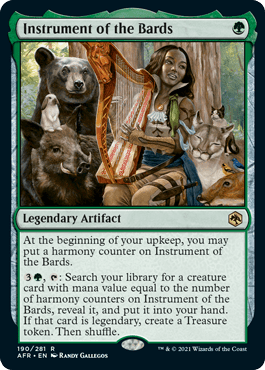
Complicated Build-Arounds
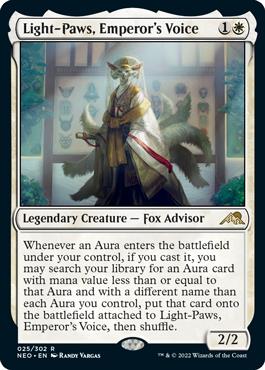
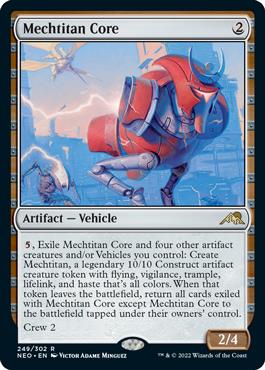


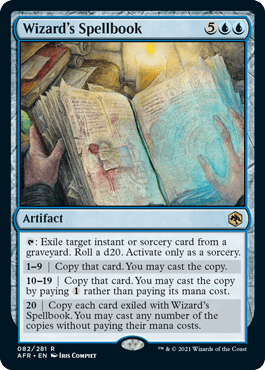
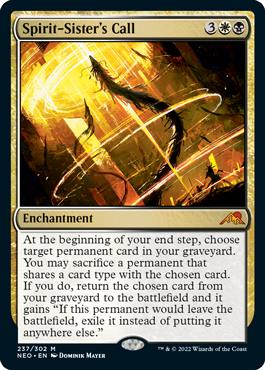
- Light-Paws, Emperor's Voice
- Mechtitan Core
- Patchwork Crawler
- Vadrik, Astral Archmage
- Wizard's Spellbook
- Spirit-Sister's Call
Hard-to-Cast Cards

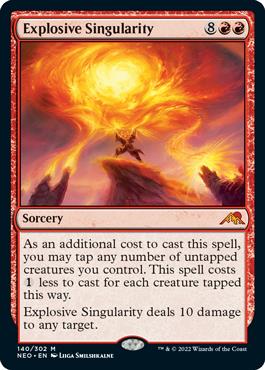
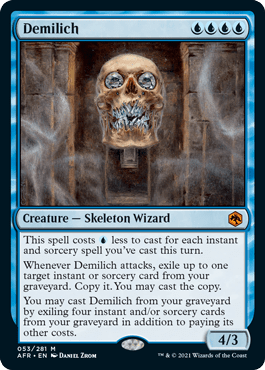
Constructed Cards
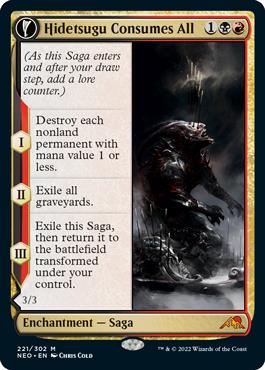

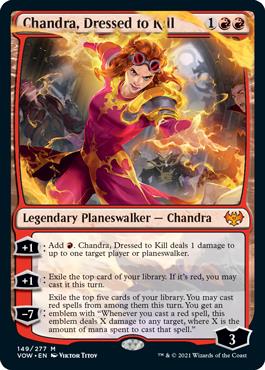
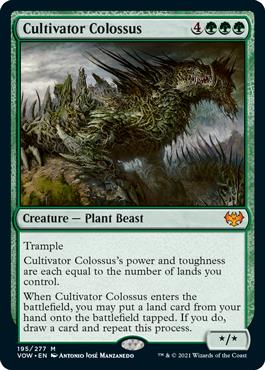
Tips for Improving Quicker
There's a lot to consume when it comes to improving at Limited and how to become a good player. To ease things up, here are the top tips I have for you to shorten that process.
Draft Decks, Not Cards
When in a pod, prioritize cards that fit in your deck over raw-power cards.

The strongest card in this pack is Michiko's Reign of Truth by far, and I already have a couple of white cards I can also play. But this is pack 2, and I noticed that red was very open from pack 1 by wheeling some of the staple red cards. I also believe that mono red is particularly strong in Neon Dynasty Draft, so I took Towashi Songshaper instead. Draft decks, not cards.
Sometimes two cards fit well into your deck but you still pick the less powerful one. Why? Because one card may shore up some of your weaknesses while the other provides redundancy.

I had to choose between Searchlight Companion and Gift of Wrath in p3p10 in this Draft. I took the Gift even though Companion is a stronger card because my deck needed some more top-end cards over small creatures.
If I already had a Gift or something like Ironhoof Boar, I would have probably taken the Companion instead. But since I didn't the Gift went up in value for me.
Consume Limited Content
There's always someone better than you, and there’s always something new you can learn. Those are two things you need to recognize to keep improving in the game (and in life). This holds especially true for Limited.

Most players were of the opinion that Turn the Earth was an awful card during Midnight Hunt Draft. It wasn’t until I saw Sam Black using it that I decided to give it a try, and that worked wonders for me.
Most players who said that Turn the Earth was unplayable either never played it or played it wrong. Take all Limited advice with a grain of salt and see for yourself whether something works or not.
Use Data for Picks
An excellent way to get familiar with cards in a set is by looking at set reviews and studying their grades. These grades are usually given by players who have hundreds of Limited hours under their belts. One of our authors, Bryan Hohns, writes a Limited review every new set that I find particularly useful.
Arena Tutor can also rank your picks during a Draft. Take this with a grain of salt as those numbers are just there for reference and should be used when facing a tie-breaker situation, but it can be helpful in some scenarios.
I like using these tools to get familiar with the format at the beginning of the set. As I familiarize myself with the format I gradually let go of these tools and make decisions myself. But relying on data is always a good starting point to improve until that happens.
Do Your Homework Before Set Release

Workshop Elders | Illustration by Iain McCaig
A lot of Limited players make skeletons of Draft archetypes given the set's themes once WotC releases the full spoiler of a set. They already know what to look for when prerelease or drafting time comes.
These skeletons can serve as a comparison point to prove if your set hypotheses were correct or if there are lessons that you learned along the way as the format evolves. These lessons can help you make better predictions for future Draft formats.
Most content creators create Draft skeletons at the beginning of sets, so you can use those if you don’t feel like making one yourself.
This is a big one, and for me, the one thing that bumped my win rate a lot. Remember when I told you that I had a horrifying win rate of below 50% in Zendikar Draft? I was consuming lots of content at the time, but I wasn’t getting better results.
It wasn't until I joined a Discord server and started interacting with other players familiar with the set that I made the jump. I was exchanging information about my drafts, sharing Draft logs, and asking opinions about cuts and plays.
Not All Limited Formats Are the Same
BO1 and BO3 are separate monsters, regardless of whether it’s Sealed or Draft.
In BO1 you can get away with less lands if your curve is low since the hand smoother (an algorithm that predefines your initial hand) will give you at least two lands most of the time. You should be able to perform your general gameplan with fewer lands in the deck if you pair it with cheaper ways to tutor for lands or ramp.
You should also understand that Sealed and Draft are different because your Sealed pool will contain more cards than you can get by drafting. In order to avoid getting all over the place, do what I do:
- Identify your rares.
- Identify your best commons and uncommons.
- Select two colors that contain the highest number of best commons and uncommons.
- See which rares fit your two primary colors.
- Look for removal. Look for ways to splash removal in other colors if you’re low.
- Splash cards that are impactful enough or fill a hole. Otherwise, avoid splashing.
- Try to build a curve as explained in the Deckbuilding Essentials section.
The above applies for regular sets that support 2-color pairs, but you’ll be more likely to pick three or more colors in sets like Streets of New Capenna where color shards have more support. Just remember to add more mana fixing so you can reliably cast all your cards.
Use Draftsim
Draftsim’s Draft and Sealed simulator is a great tool to use to get better at Limited since you can start practicing Drafts from day zero of a set and share your thoughts with other players.
You can share Draft logs or create Sealed pools for practicing without hurting your wallet. It also has a tool to suggest to you the preferred build of your decks based on Draftsim’s extensive database that's filled from players using Arena Tutor.
Gameplay Advice
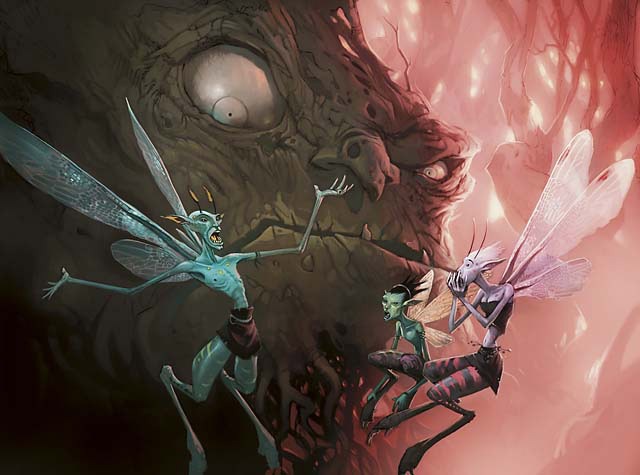
Advice from the Fae | Illustration by Chippy
There are some other tips I can share with you based on my personal experience that have helped me improve throughout my career. A lot of these tips apply to Constructed as well.
Don’t Rush
You’ll develop something called “the autopilot” over time. The autopilot is a series of habits that you develop, like playing your tapped lands first or attacking before playing cards.
While accurate in most cases, the autopilot isn’t always optimal. Always evaluate what cards you have in hand and what's currently on board. You need to play slower and evaluate in order to overcome the autopilot.
Ask yourself why you’re making a decision before you make it. In fact, you should do this three times. You’ll usually end up going with the “autopilot” play, but in some cases it may help you see a bigger picture than you may have overlooked.
Familiarize Yourself with the Format
This is basically knowing the card pool and which cards are the best.
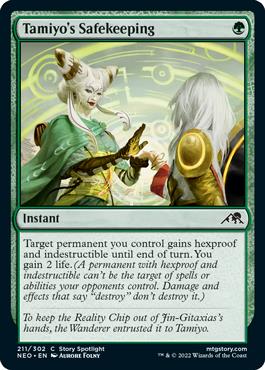
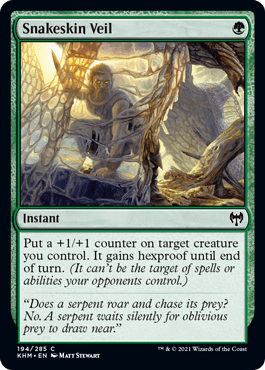
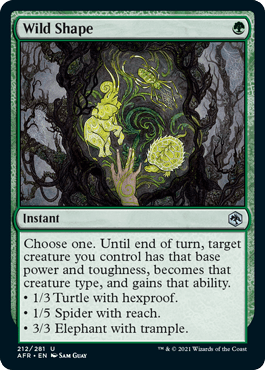
For example, if my opponent attacks with a 2/2 versus my 2/2 in NEO with single green mana open, I'd think twice before making a trade that otherwise seems reasonable since there's the presence of Tamiyo's Safekeeping to consider. The same applies to Kaldheim and Strixhaven where Snakeskin Veil is a thing. On the contrary, I'd happily accept a trade if this was AFR because the only single-mana green card at instant speed is Wild Shape, and it sees little play in Limited.
It’s worth noting that MTGA gives away information very easily depending on whether or not you get priority. Here are some things I noticed and learned through experience from the Arena UI:
- If opponents play a turn 1 land and still has priority without auto-passing the turn, it usually means they have a 1-mana card they could cast but are deciding not to. If the priority continues on your turn after you play your lands or spells, it means that it's an instant-speed card.
- If your opponent plays land and immediately goes to the end of the turn with more cards in hand post-combat, it means that the rest of their cards may be lands. If there's a slight stop they might still have something they can cast.
- The above also happens pre-combat if your opponent played a land first and you notice it went straight into combat, it means they might not be holding anything other than lands.
- If there's a pause only when you cast spells, it means your opponent is probably holding a counterspell.
- If the opponent plays a land with no creatures in play and passes the turn and you play a creature and there's a pause, there's a chance they have something that can target a creature in their hand.
All of these can be hidden very well by top players or players that go into full control the whole match. But most players don't bother with that, so that’s free information for you.
Play Against Better Opponents
This may seem obvious, but you have to play against the best to become the best.
When I first hit mythic I was terrified to play out of fear that I would lose my rank. But I soon realized that I could only improve if I continued to play. Winning against higher-level players only made each victory so much better.
But make no mistake, you also learn a lot when you lose. And as someone who plays a lot, boy, I know what it’s like to lose. There's always a lesson to learn regardless of the outcome, and the better your opponent, the more likely you are to improve.
Don’t Concede Too Early
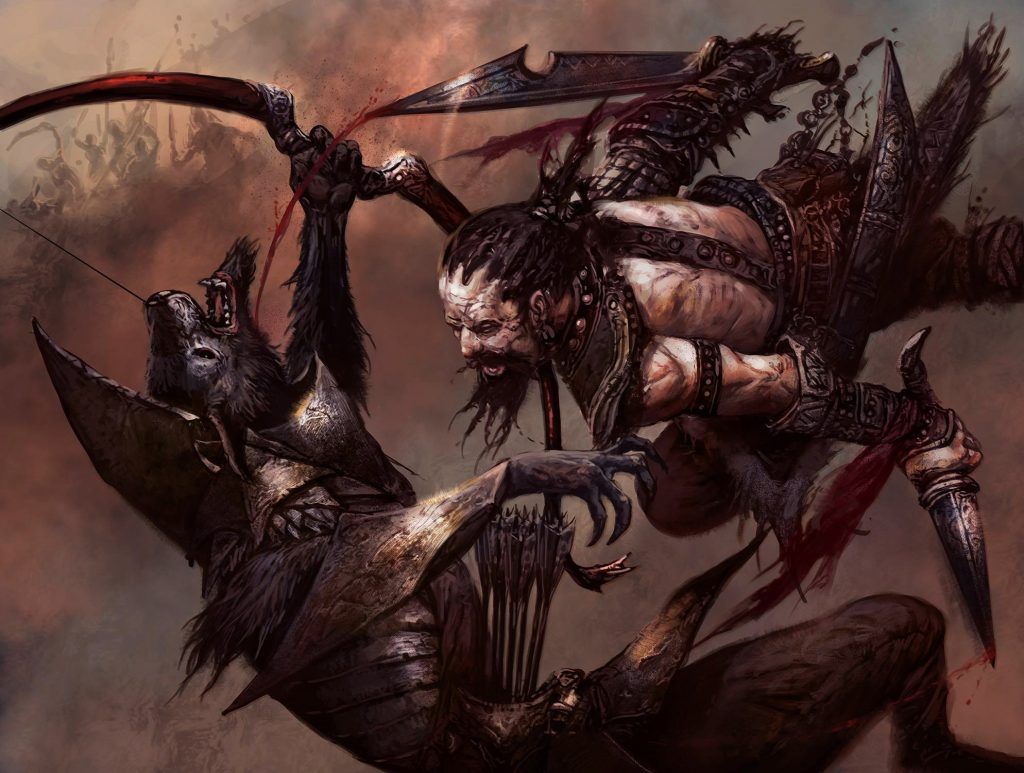
Defeat | Illustration by Dave Kendall
There's a time and a place for conceding. I rarely do it, even when my chances of winning are bleak. Still, there are a few factors that can change your situation:
- Opponent missing lethal
- Bluffing/holding priority
- Topdeck potential
- Getting information from your opponent's deck for future games
The first two reasons are related to the third: if there's comeback potential, you need to mentally craft that avenue victory. Then you’ll know how to cash in on your luck if you topdeck the exact card you need. I apply the last bit if I'm playing a BO3 to know if there are any other cards to look out for.
But if there’s a 0% chance of winning, you should concede. Hiding information about your own deck will improve your chances of catching your opponent by surprise in the following games.
Winning vs. Not Losing
Play to win, not to survive. You should be more aggressive in some cases, especially if you already know your opponent can grind you out in the long run.
Sometimes this involves making the risky play, taking an aggressive mulligan, or bluffing out your opponent. Oh, and your life total is a resource. Don’t be afraid to take a big hit now and then.
This concept is discussed in great depth in Hall of Famer Paulo Vitor Damo da Rosa's course on Magic strategy.
Accept Variance
You’ll hit your streaks of bad luck. We all do. Deal with it.
If something outside of your control leads you to lose, learn to identify it and move on. Otherwise you’ll tilt, and playing in that state of mind only leads you to make more mistakes, play worse, and in some cases, not enjoy the game.
Embrace and accept variance. Some things are outside your control and it's okay to feel upset. Just take a break and shake it off.
This is assuming that everything is out of your control. You shouldn't mistake variance with bad decisions like keeping one-landers or recklessly attacking into combat tricks. Blaming your poor decisions on bad luck is a sure way to not improve.
The bottom line is that RNG will win and lose you games all the time. What’s important is knowing when a loss (or a win) should be attributed to luck or to decision-making.
Useful Play Patterns
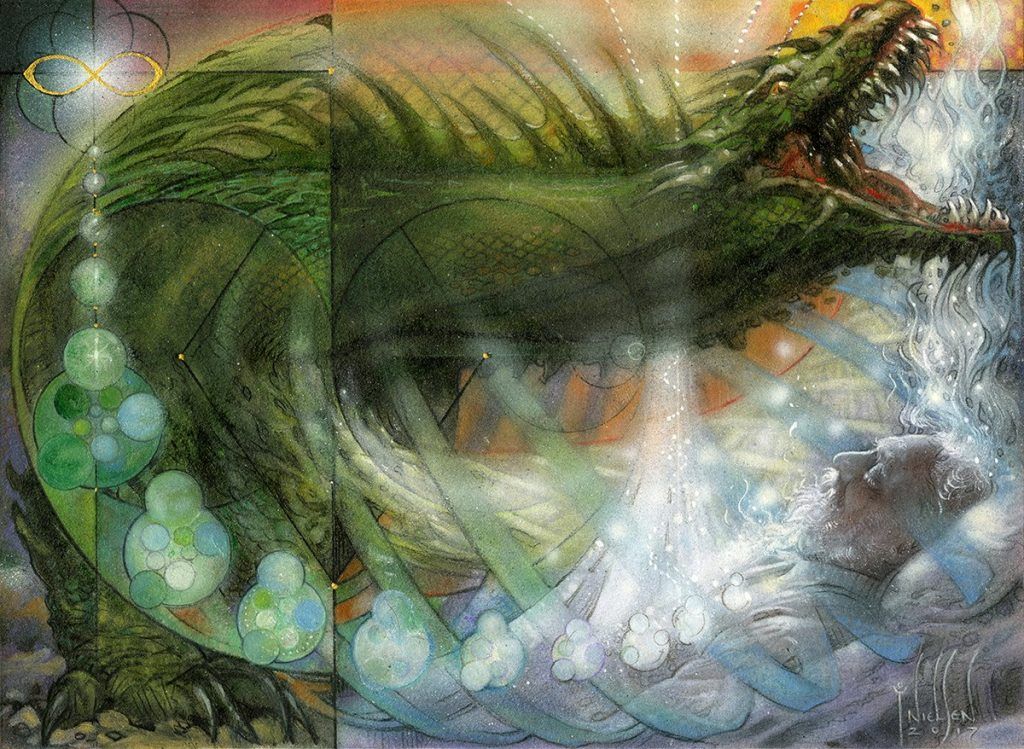
Pattern of Rebirth | Illustration by Terese Nielsen
Likewise, there are some practices or play patterns that you can learn that can help you get better results. These aren't set in stone but are some useful guidelines I learned through my personal experience that might help you to improve your game.
Attack First
Try playing spells after attacks are made. The less information you give to your opponents the better your results in Limited games.
Even if you’re just playing a creature this turn, it's usually better to attack first and see what happens. Here are a few reasons why:
- If you want to suggest a trade and want to play a better creature after the trade.
- If you want to represent a combat trick (bluff).
- If you want to clean the board but still want to deal a few points of damage.
Those are the three main scenarios I can think of when you want to make some attack first before playing your spells.
The exceptions to these scenarios are determined by the following:
- Your spell will get you better attacks.
- You play a creature that your opponent is going to want to block, and they'll most likely take the damage rather than blocking.
- You won't attack this turn.
Time Your Removal Properly
This one is tricky because you need to determine how to optimize your removal spell. The most basic piece of advice I can give you is not to remove every single creature your opponent plays.
If there’s a creature that you can kill by forcing a trade, it’s often right to hold onto your removal spell and trade first. Your opponents will try to win the combat by using their combat tricks from time to time. You can easily get 2-for-1 with your spell if that's the case.
In other scenarios, especially if you’re far ahead, it's better to use the removal while your opponent is tapped out to avoid protection spells and the like.
Develop Your Board First
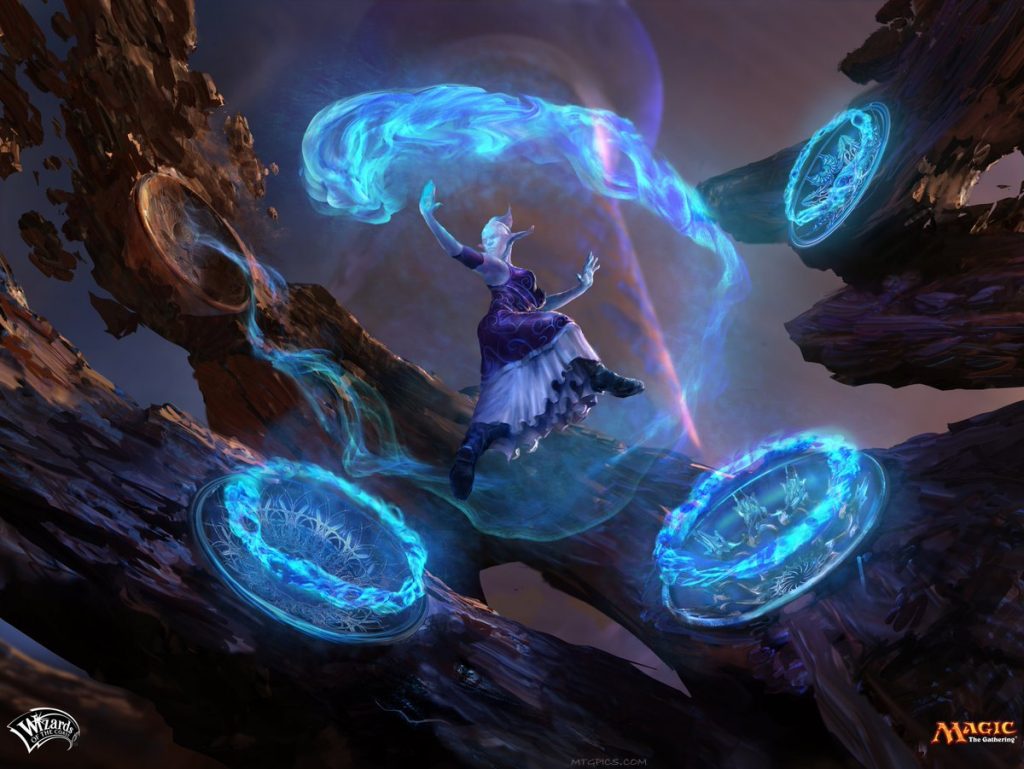
Multiple Choice | Illustration by Campbell White
You’ll often face a dilemma: remove a threat, or create your own.
I’m generally okay with taking a few points of damage instead of using removal right away if it means that I’ll get to add a body on the field. Besides, removal is scarce in Limited and should be used sparingly.
There are also times when playing permanents isn’t the right choice. For example, I've seen multiple players lose games because they didn’t use their ramp spells. This led to poor mana development, leaving several cards stuck in their hand.
Spend Your Mana Efficiently
Let’s say it’s turn 4 and you have an okay 4-drop, a great 3-drop, and an okay 2-drop. Playing the 3-drop right away might lead to the most immediate impact, but your following turn will suffer. Plan your mana ahead.
This will vary on a case-by-case basis, but it’s generally best to spend your mana as efficiently as possible. This usually means spending all your mana in a single turn.
Look For Information
I’ve mentioned earlier that it’s often better to play your spells post-combat. But playing cards that give you potentially useful info before combat is better. Knowing what cards you’ll have access to on the following turns generally leads to better decisions.
For example, if you have three mana available and cast Experimental Synthesizer knowing you have some cheap removal in your deck that may improve your attacks, I'd go with that line pre-combat. On the other hand, if you have three mana available and a Divination that you’ll tap out for regardless, I’d play it post-combat to avoid giving away information to my opponent.
The Brute Force Method

Brute Force | Illustration by Wayne Reynolds
The brute forcing method is not and should not be confused with “forcing” an archetype. They’re different things, and I’ll explain why.
The brute forcing method is simple: play over and over again until you get good.
You see, even if it's so linear, experience is the only thing that will make you a stronger player in the end. It’s also how you can overcome variance and truly understand the difference between skill and luck in your games. While time-consuming (and possibly money-consuming), the benefits of sheer experience can't be understated.
As far as the time goes, I suggest planning ahead. You can get tons of takeaways if you start tracking your drafts with tools like Arena Tutor to share them and ask for advice from other players, even if you only have time for a couple Drafts a day. This way you’ll learn what you’re doing wrong and you can apply those thoughts to your next Drafts.
This is also where consuming Limited content comes in handy. You don’t always have to be playing Limited yourself to gain experience. Watching high-level players Draft counts as experience too.
The currency part is a bit trickier to address. But if you play Limited on Arena you can create multiple accounts to gain consistent experience without doing too much damage to your wallet. You can just keep collecting your daily quests until you get to a point where you can start paying for events with gold by multi-accounting. And you can move to the next account once you run out of currency on one, and so on.
Just be careful about some MTGA events out there, especially the Qualifiers. It's fine if you’re just multi-accounting on regular events like Quick Drafts and Traditional Drafts, but multi-accounting large-scale tournaments is against Arena’s Terms of Service.
I have five accounts for the record, and at one point I managed to get all of them into Mythic by playing Limited. At the start I was multi-accounting to save money. But as my Limited skills improved I eventually went infinite on all five, so multi-accounting became less beneficial for me.
Wrap Up

Enter the Infinite | Illustration by Terese Nielsen
This is probably one of the most extensive articles I’ve ever written. But there's so much to learn about drafting, so think of this more as a starting point to Limited rather than an end-to-end guide.
What do you think? If you have any more questions about your journey to becoming a Limited master I’d be more than happy to address them in the comments below, or you can discuss over in the Draftsim Discord. Oh, and don't forget that Arena Tutor and Draftsim’s Draft simulator are both free and they can help you improve your game when used correctly.
That's all I’ve got for now, and I hope this has been of great help to all of you. Take care!
Follow Draftsim for awesome articles and set updates: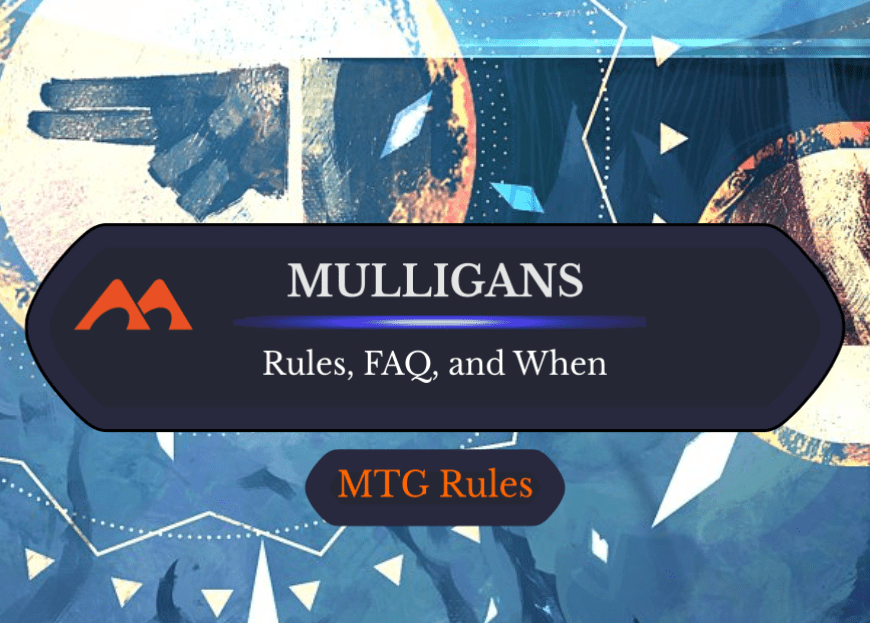
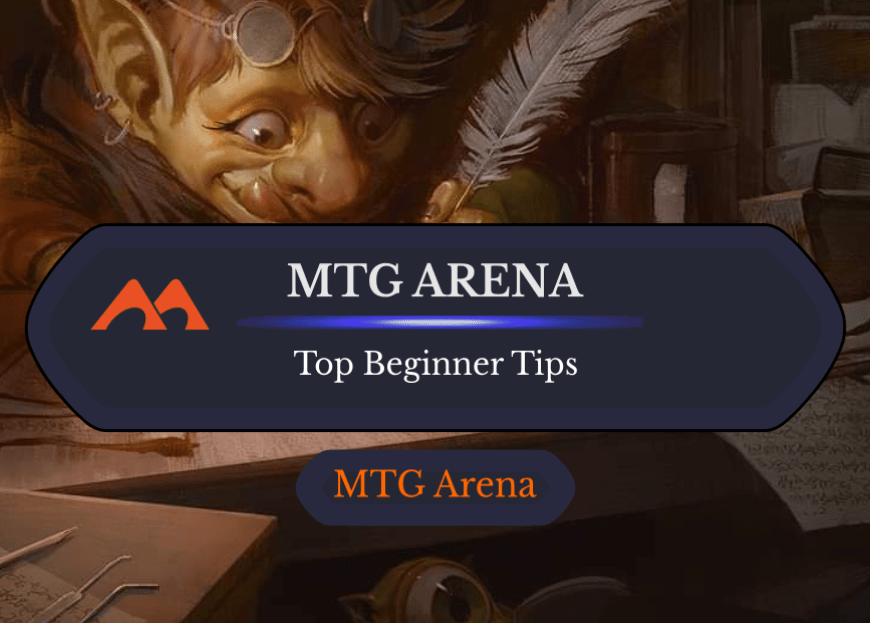
Add Comment